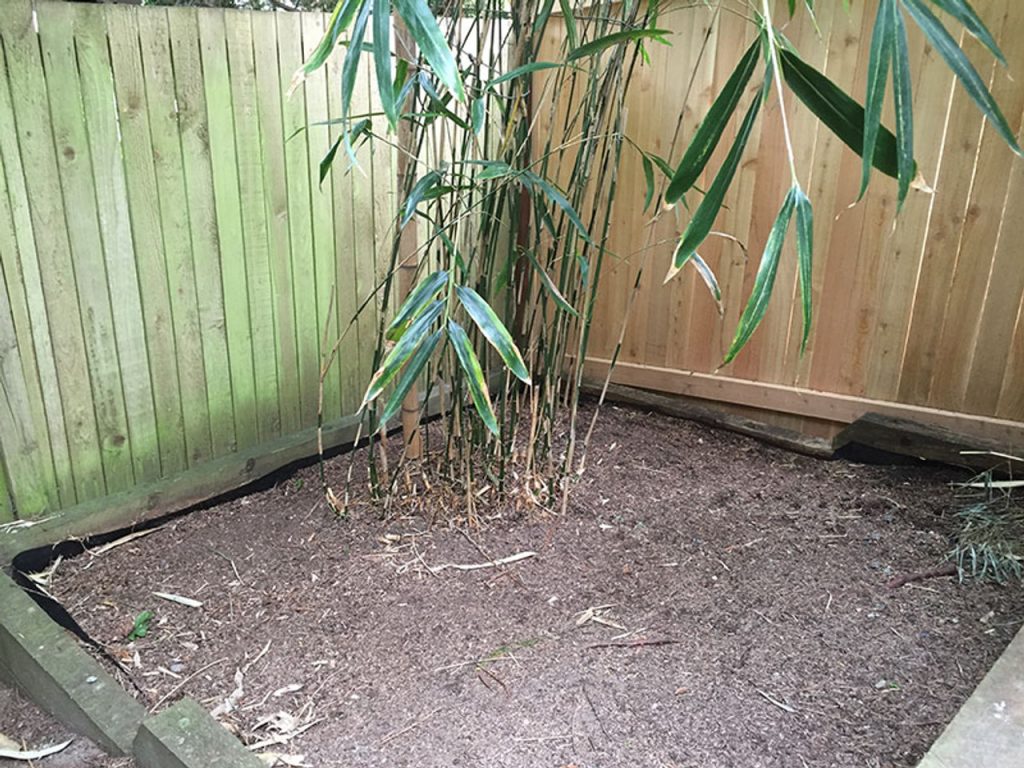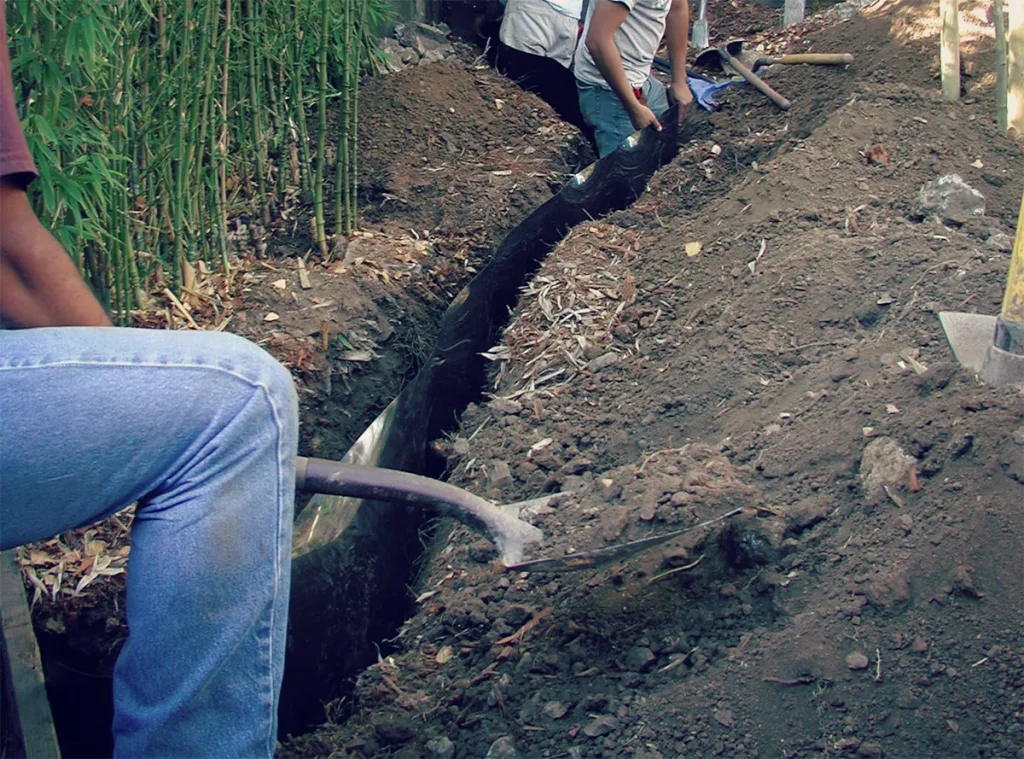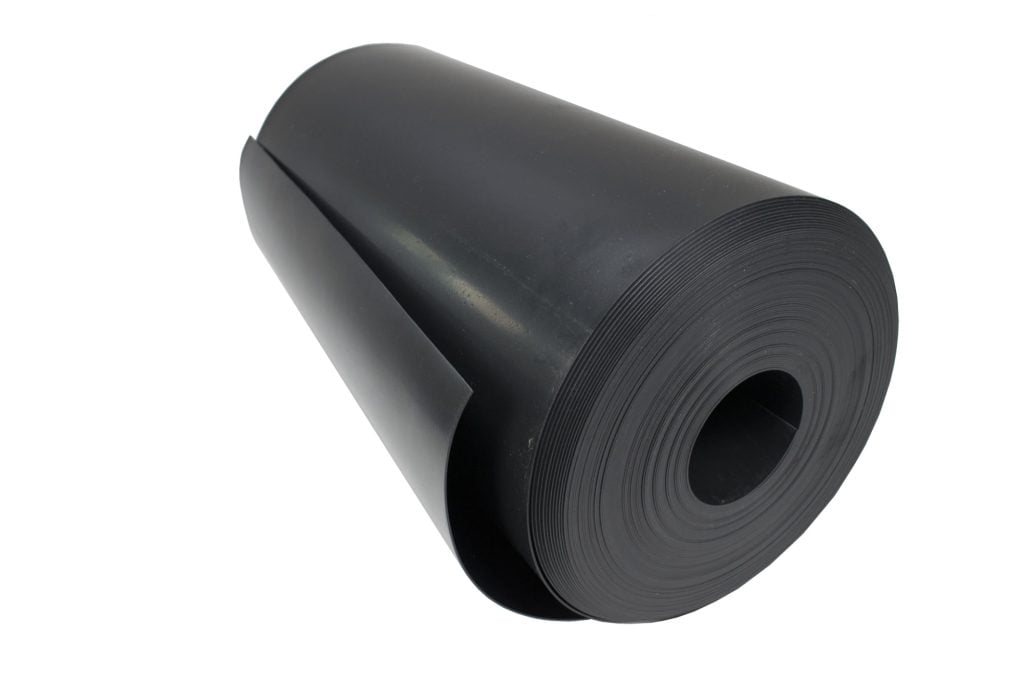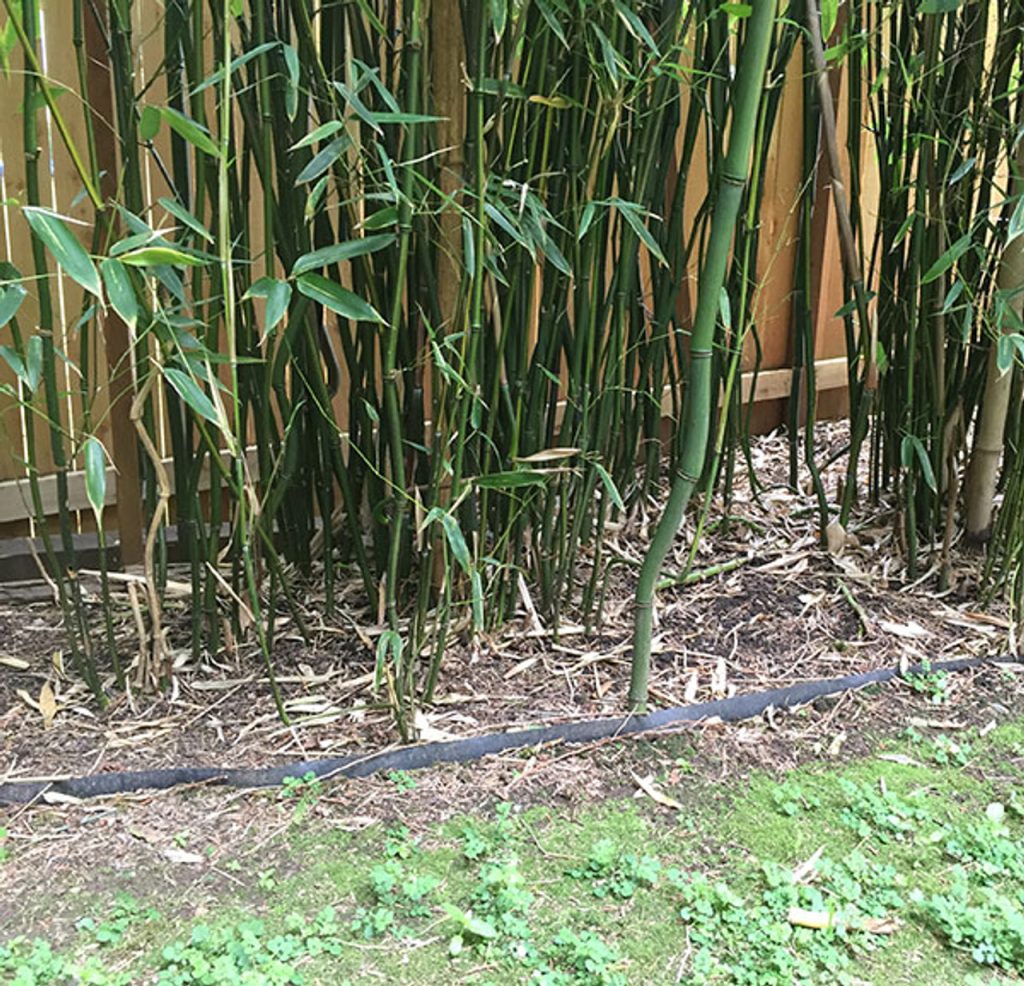Table of Contents
From time immemorial, man has been dependent on plants for infinite benefits. Be it timber, paper, fruits, vegetables, flowers, or any other benefits, plants have provided it all. One such plant is the bamboo plant. Bamboo is a valuable plant and offers numerous benefits beyond our imagination. From providing paper to acting as a natural air purifier to serving as food for pandas and other species, it is also eminent because of the antibacterial and antifungal properties it possesses.
This is not where the benefits of bamboo end; there is still one more thing that requires attention, which is the rapidly propagating nature of bamboo.
Due to the versatile nature of bamboo, it is important to adopt effective ways to prevent excessive bamboo growth, and one such technique is a bamboo root barrier.
Why a Bamboo Root Barrier?
Using a bamboo root barrier is an effective strategy incorporated to prevent the bamboo from spreading in any extra areas other than those in which they are planted and are intended to grow.
For example, if you have planted bamboo in the garden, then to prevent the bamboo from spreading into other neighbourhood areas, you must install a bamboo root barrier. Else there will be too much bamboo in your surroundings which will be a headache for you later on.
A bamboo root barrier is easy to install, and no heavy work is required to assist with the installation process, which makes it highly desirable. These root barriers are cost-effective and easily available in the market.
Classification of Bamboo Root Barriers
Root barriers can be broadly classified into 2 types:
1. Chemical Root Barrier
The root barriers are made with chemicals that prevent the growth of roots that come in contact with it.
Since they involve the use of chemicals, they are not idle to be used in areas where there is human involvement, like parks, homes, gardens, etc.
2. Mechanical Root Barrier
In these types of root barriers, the excessive growth of roots is inhibited by installing walls around the roots to prevent them from growing.
Unlike chemical root barriers, physical root barriers do not
use chemicals, so they can be installed at any place wherever the plant growth is to be controlled.
Using Root Barriers to Prevent Bamboo Spreading
Bamboo, known for its invasive properties, is also known for its resistance to mammals such as raccoons, deer, and rabbits which are known to avoid the hovering animals around one’s garden. The bamboo plant is known to grow in two patterns: clumping and running rhizomes.
Clumping rhizomes or pachymorphs are easier to manage than the two, whereas running rhizomes or leptomorphs management is more complex and more tedious.

The running rhizomes can be managed with the root barrier strategy. When the roots make contact with the barrier, they are directed to the surface, which leads to foliated growth, and hence can be monitored and trimmed as per your wish, limiting the bamboo to the desired area.
Often, the root barriers are made up of high-density polyethylene. These root barriers can be purchased as a roll from the market. This roll is unrolled and buried below the ground to control the excessive growth of the roots of the plant. For best results, a root barrier of depth 24-30 inches and thickness of 6o mil is preferred as per the experts.
To install root barriers, excavate a pit around the bamboo plants and place the root barriers there. For the root barrier to work efficiently, it should be placed at a spot that is shallower than the roots of the bamboo tree.
Dig the trench 2 inches shallower than the root barrier; for instance; for a 24 inches root barrier; a pit of 22 inches will be desirable; and for a 30 inches root barrier; a 28 inches deep trench is ideal.
Installation of A Root Barrier
The trench should be dug so as to accommodate the material of a minus six or so width to remain above ground. Care should be taken to avoid any sharp curves or turns to prevent any potential crack from bending stress else the root barrier won’t work efficiently. Clean the area properly where the bamboo root barrier is to be installed prior to the installation.
The trench should be free from any kind of soil, particularly if the soil is clayey; any rhizomes should be removed, and no stone or any kind of sharp debris should be there to prevent the puncturing of the barrier.

Securing any seam, essentially, the bamboo root barrier should be installed vertically.
The trench should be refilled with the soil, compacting the soil, therefore; forcing the wandering rhizomes to seek losers in the soil rather than growing beneath the barrier.
Mulching should be prevented on either side of the leaf barrier; leaf litter should be kept clear for the same reason as the bamboo root barrier. Mulching also protects the plant from weeds and helps to retain the moisture in the roots of the plant.
Rhizomes are an obstacle to the efficient working of the bamboo root barrier. Hence, rhizome-free soil should be ensured around the barrier, or if complete rhizome removal cannot be achieved, cutting culms should be considered.
Materials for The Root Barriers
Ideally, the material for the bamboo root barrier should be 60 mils; and the materials suitable for the same are polypropylene or high-density polyethene; for more mature or vigorous colonies. For bamboo plants having vigorous growth, a 100 mils thickness root barrier can be used.
High-density polyethene is considered the best material for the root barrier because it is easy to install, doesn’t corrode, and has a long life in comparison to other root barrier materials.
To completely encircle the colony, clamps and adhesives should be used to hold the material.

Plastics, metals, wood, and concrete materials should be avoided as they are prone to cracks and breakages and developing holes. A trench or moat may work; however, care should be taken to prevent overflow of free water and air.
Causes of Failures of Bamboo Root Barriers
Even after the installation of bamboo root barriers with the utmost care, occasionally there are reports of stumble of the bamboo root barriers due to the following reasons:
The rhizomes tend to make their way under the root barrier, which is placed too shallow, too short, or when the rhizomes make their way underneath the root barrier.
Often, there are incidents of failure of the root barrier due to an insufficient overlap or if an incorrectly placed seam has been utilized. Because of the insufficient overlapping, new roots are able to shoot out. Too thin plastics or thin root barriers can weaken over time, causing failure. To avoid this, use a thick material as the bamboo root barrier.
If the bamboo root barrier is not installed correctly, then the entire purpose of installing the root barriers will go in vain, causing losses.
Alternative Methods for Containment of Rhizomes

Root barriers are not the only way by which we can prevent the growth of bamboo plants. There are a few other ways by which we can confine the growth of bamboo trees to a specific area.
These methods include:
- Construction of a metallic or concrete wall is another coping strategy, and for the containment of roots, one more effective measure is the cultivation of the plants in pots, thus culminating the growth of the plant and containing the roots.
- The cultivation of plants in confinements, such as clay pots or earthen pots, is known to contain the roots naturally.
- Root pruning is another technique highly successful as a root barrier, usually done bi-annually for the achievement of long-time bamboo control. This can be done using trimmers or scissors.
- Groove thinning is another method for bamboo root barriers in which the circumference of the bamboo plants in which 50-60 feet cultivation area is utilized.
- Culm thinning techniques not only act as natural bamboo root barrier techniques; but also provide resistance against pests and insects; to begin with, any dead and decaying culms must be removed and trimmed by horizontally cutting them at ground level.
Conclusion
Plants have always been at the service of mankind for ages, and bamboo is no exception. Bamboo, apart from edible uses, has commercial, aesthetic, antibiotic, antifungal, and mammal-resistant properties. However, nothing in nature is free of its share of advantages and disadvantages.
The biggest shortcoming of bamboo is the overgrowth of rhizomes which can be overcome by the use of bamboo root barriers. The bamboo root barriers might be chemical or physical. Any kind of bamboo root barrier might be used, keeping in mind the material as well as the installation of the bamboo root barrier.
Utmost care should be taken regarding the installation of the barrier, along with the necessary precautions; else, there are chances that we end up killing the plants. Apart from the physical and chemical bamboo root barriers, some other procedures and techniques, such as grooving, thinning and pruning, can be taken into consideration for the achievement of the containment of bamboo roots and rhizomes; in the best interests of the cultivator to meet the bamboo root containment.





